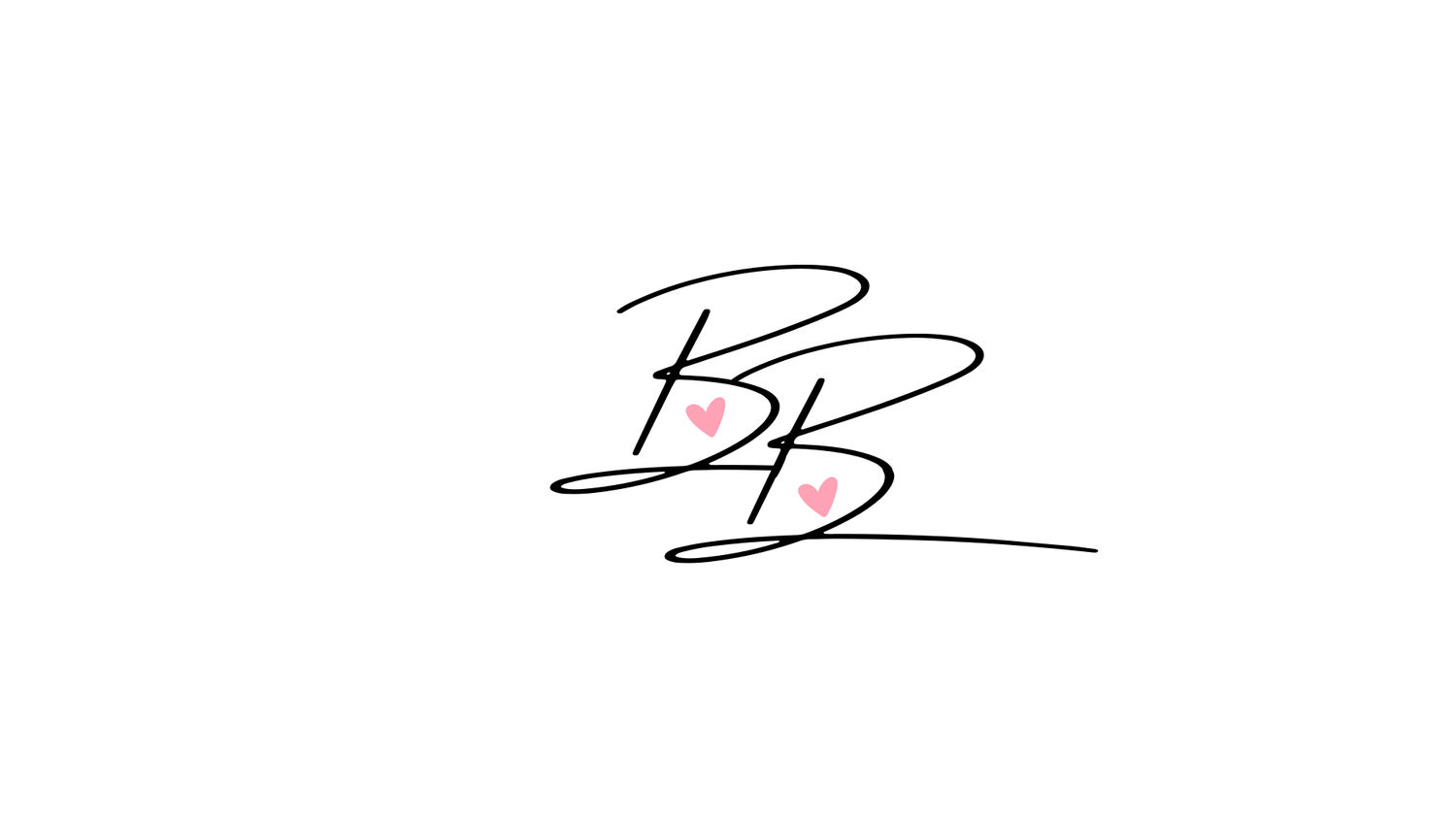Understanding Diastasis Recti
Pregnancy is a miraculous journey that brings about significant changes to a woman’s body. While the experience of carrying a child is often awe-inspiring, it can also lead to certain physical changes that might not be as widely discussed. One such common occurrence is Diastasis Recti, a condition that affects the abdominal muscles during and after pregnancy. Understanding this condition and the necessity to address it is crucial for women’s postpartum health.
What is Diastasis Recti?
Diastasis Recti is a separation of the rectus abdominis muscles that run vertically along the midline of the stomach. During pregnancy, as the uterus expands to accommodate the growing baby, these muscles can stretch and weaken, leading to a separation. This separation causes the connective tissue to become thinner and more stretched, resulting in a visible bulge or ‘pooch’ in the abdominal area.
The separation typically occurs around the second or third trimester, but the effects might become more pronounced after childbirth. Diastasis Recti can lead to issues like back pain, poor posture, pelvic floor problems, and in some cases, even hernias. Furthermore, it might impact core strength and stability, affecting a person’s ability to perform daily activities comfortably.
Effects of Diastasis Recti
The effects of Diastasis Recti can be distressing, impacting a woman's self-esteem and confidence in her postpartum body. Physical discomfort, coupled with the aesthetic changes, can lead to a sense of dissatisfaction and, in severe cases, contribute to mental health concerns like postpartum depression.
Additionally, the weakened core muscles might affect the body’s ability to support the spine and internal organs, leading to issues like urinary incontinence and digestive problems. For these reasons, it becomes crucial to address and close the gap post-pregnancy to restore core strength and overall well-being.
The Necessity to Close the Gap
Closing the gap post-pregnancy isn’t solely about regaining pre-pregnancy aesthetics. It’s primarily about restoring core strength and functionality. Properly addressing Diastasis Recti can alleviate pain, improve posture, enhance core stability, and reduce the risk of associated health issues. Moreover, a stronger core provides better support for daily activities and aids in the prevention of injuries.
Methods to Close the Gap
Thankfully, there are various methods available to help close the Diastasis Recti gap:
1. Physical Therapy: Targeted exercises supervised by a physiotherapist or postnatal fitness specialist can aid in strengthening the core muscles and closing the gap gradually.
2. Corrective Exercises: Specific exercises like pelvic tilts, heel slides, and abdominal compressions can help in closing the gap by engaging and strengthening the core muscles.
3. Support Garments: Using supportive garments or belly wraps can aid in providing support to the abdominal muscles while they heal.
4. Surgical Intervention: In severe cases where the separation is significant and causes persistent issues, surgery might be an option to repair the muscles.
Diastasis Recti is a common occurrence during and after pregnancy that can have significant effects on a woman's body and mental well-being. Understanding the necessity to close the gap post-pregnancy is crucial for restoring core strength, preventing associated health issues, and enhancing overall quality of life. Seeking guidance from healthcare professionals and engaging in suitable exercises or therapies can significantly aid in the process of closing the gap and regaining abdominal strength and functionality.
At Bump and Beyond, we understand the challenges women face during the postpartum phase. Our CoreFit program is designed to provide comprehensive support in accelerating the healing process of Diastasis Recti. With our team of experienced professionals and specialized exercises as well as the power of the Neubie Machine, we aim to empower women in reclaiming their core strength and well-being efficiently and effectively. By offering tailored guidance and a supportive community, we stand committed to assisting women in their journey towards postpartum recovery and a healthier, stronger core.
Ultimately, it’s about embracing and supporting women in their postpartum journey to ensure their well-being and health, and we are here to support that journey every step of the way.

